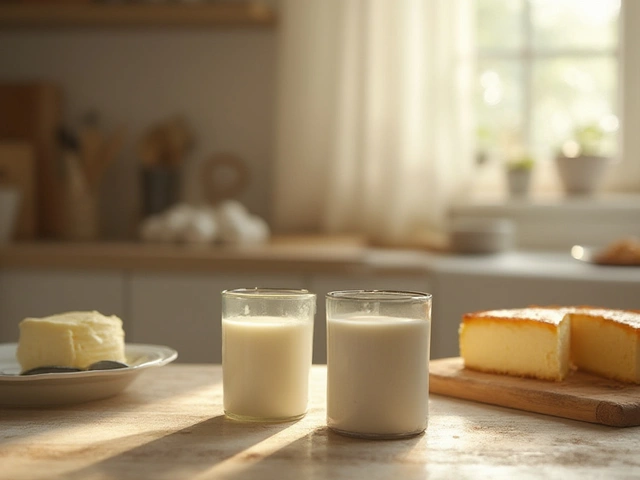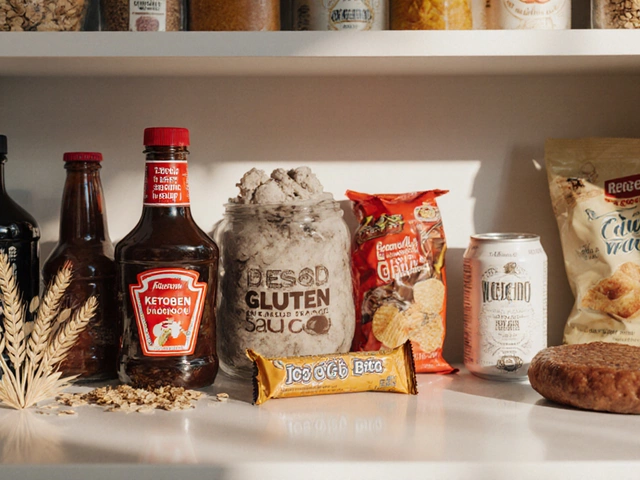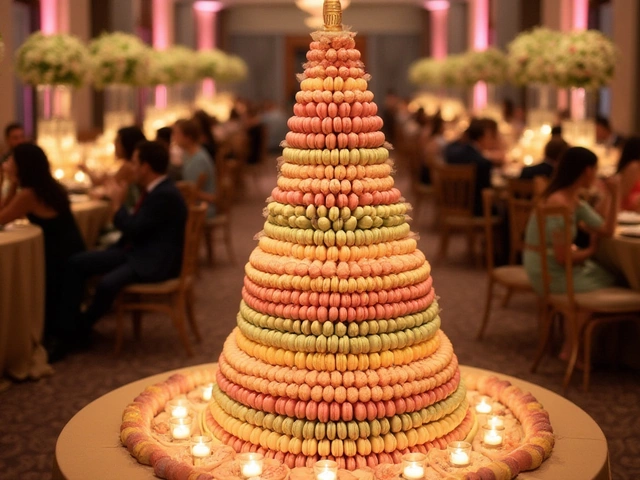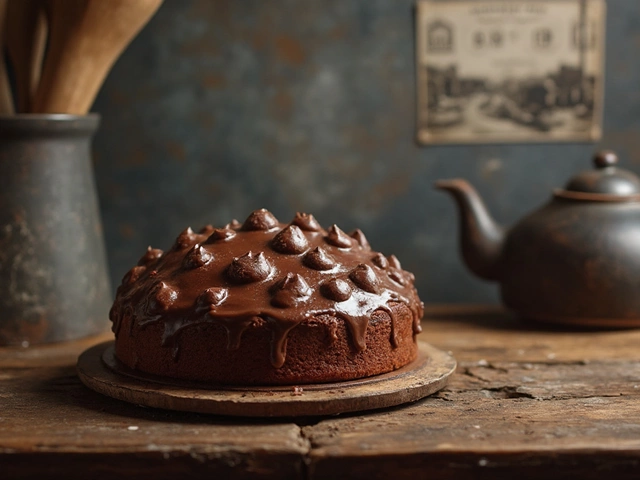Gluten – Simple Guides, Recipes & Baking Hacks
Whether you’re dealing with a gluten allergy, following a celiac diet, or just curious about how gluten affects your bake, you’ve landed in the right spot. Here you’ll get straight‑forward advice, a handy grain list, and quick fixes for those common gluten‑related baking problems. No fluff, just useful info you can apply today.
Understanding Gluten and Why It Matters
Gluten is a protein combo found in wheat, barley, rye and a few other grains. It gives dough its stretch and that satisfying bite in bread and cakes. For people with celiac disease or gluten sensitivity, even tiny amounts can cause trouble, so knowing which foods contain gluten is key.
One quick way to stay safe is to read labels. Look for words like “spelt,” “kamut,” “farro,” or “triticale” – they all hide gluten. If a product says “gluten‑free” you’re generally good, but double‑check for cross‑contamination warnings, especially on bulk bins.
Gluten‑Free Baking Made Easy
Gluten‑free cakes often sink or turn dense because they miss the elasticity gluten provides. The trick is to use a blend of gluten‑free flours (rice, oat, almond, tapioca) and add binders like xanthan gum or psyllium husk. A little extra liquid – milk, water, or fruit puree – helps the batter stay moist.
If your cake still caves in, try these fixes: 1) Preheat the oven fully before sliding the pan in. 2) Reduce the batter’s rise time – gluten‑free batters can over‑proof. 3) Bake at a slightly lower temperature (about 10‑15°F less) to avoid a rapid rise followed by a collapse.
Want a reliable gluten‑free grain list? Here are the safe basics: quinoa, millet, sorghum, buckwheat (yes, it’s not wheat), corn, teff, and amaranth. All of these are naturally gluten‑free and work well in breads, muffins, and pancakes.
When you’re swapping regular flour for a gluten‑free mix, start with a 1‑to‑1 ratio, then adjust the liquid by about ¼ cup per cup of flour. Test the batter’s consistency – it should pour like a thick pancake batter, not a dough.
Another common issue is grainy fudge, which can happen if you use a flour‑heavy gluten‑free mix in candy recipes. Stick to sugar, butter, and a touch of cornstarch for smooth results. The soft‑ball stage (around 235°F) is still your guide, regardless of the flour used.
Quick snack idea: blend gluten‑free oats, honey, and peanut butter, press into a pan, and chill. You get a chewy bar that’s safe for celiacs and perfect for on‑the‑go.
Remember, practice makes perfect. Keep a notebook of your flour blends, liquid ratios, and baking times. Over time you’ll spot the patterns that give you fluffy cupcakes and sturdy breads without the dreaded sink.
Got a question or a recipe you’ve tried? Drop a comment, share your success, or ask for tweaks. The gluten‑free community thrives on swapping tips, so let’s keep the conversation rolling.
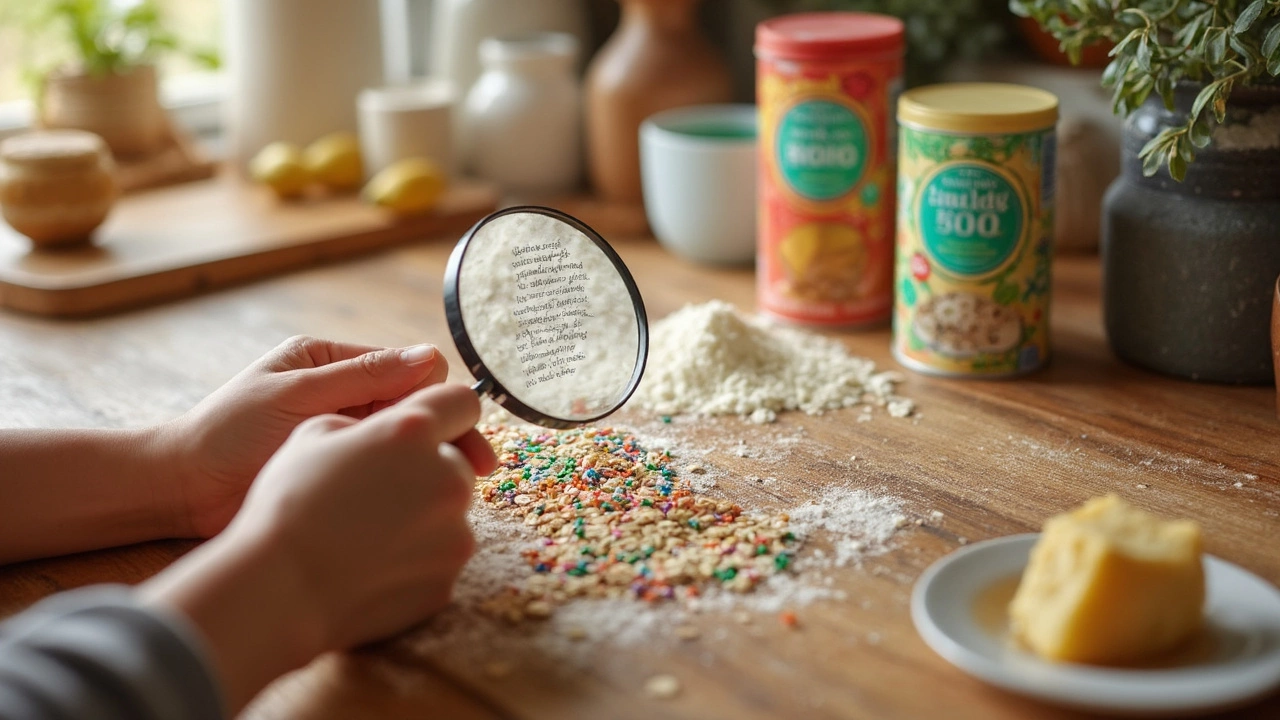
Worst Foods for Gluten: What to Skip for Safe Gluten-Free Cakes
Gluten can hide in foods you’d never expect, especially if you’re baking or buying gluten-free cakes. This article pinpoints which ingredients and foods are the worst offenders when it comes to gluten. Get tips for avoiding these traps so your cakes stay safe for anyone avoiding gluten or living with celiac disease. Discover common mistakes, learn what to double-check, and find practical swaps. Perfect for anyone new to gluten-free baking or worried about hidden gluten.
View More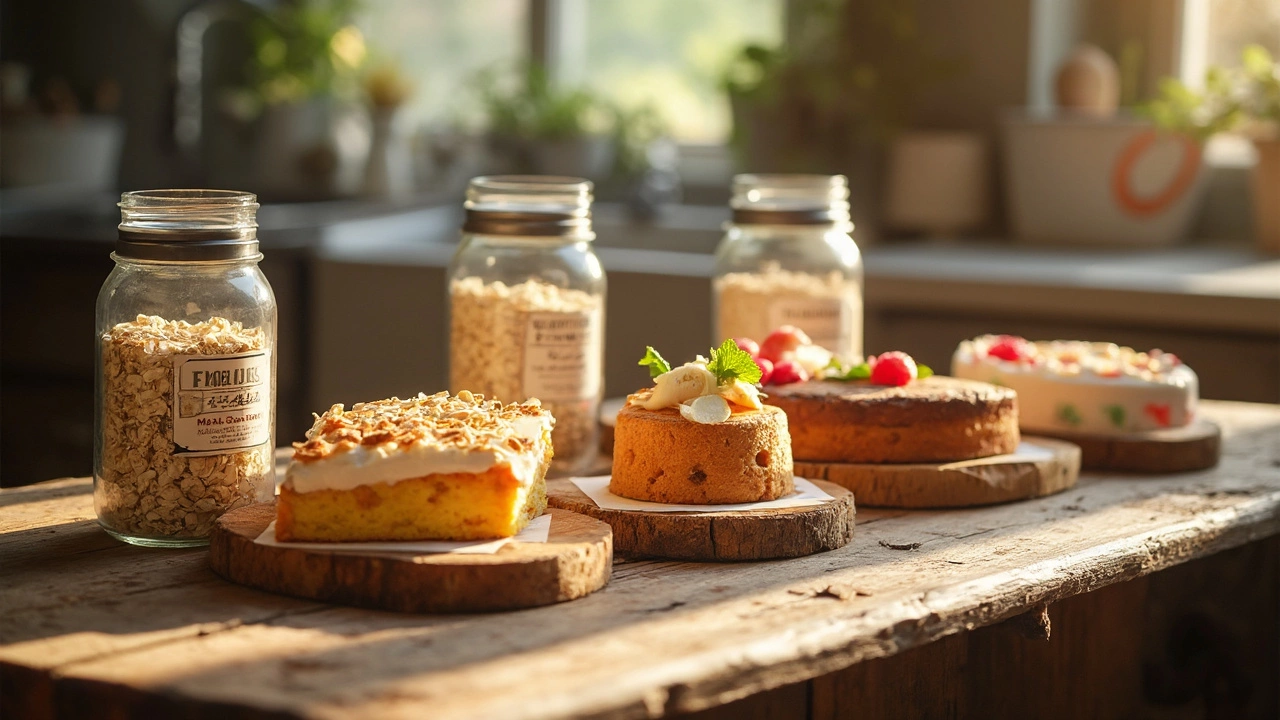
Do Oats Have Gluten? What Every Cake Lover Needs to Know
Wondering if oats are safe for gluten-free cakes? This article breaks down whether oats naturally contain gluten and why they can be tricky for those with gluten sensitivities. Find out how cross-contamination happens and which oats to look for when baking gluten-free treats. Get tips for safe baking and learn the facts before you choose oats for your next cake. Perfect for anyone trying to avoid gluten but still craving that homemade magic.
View More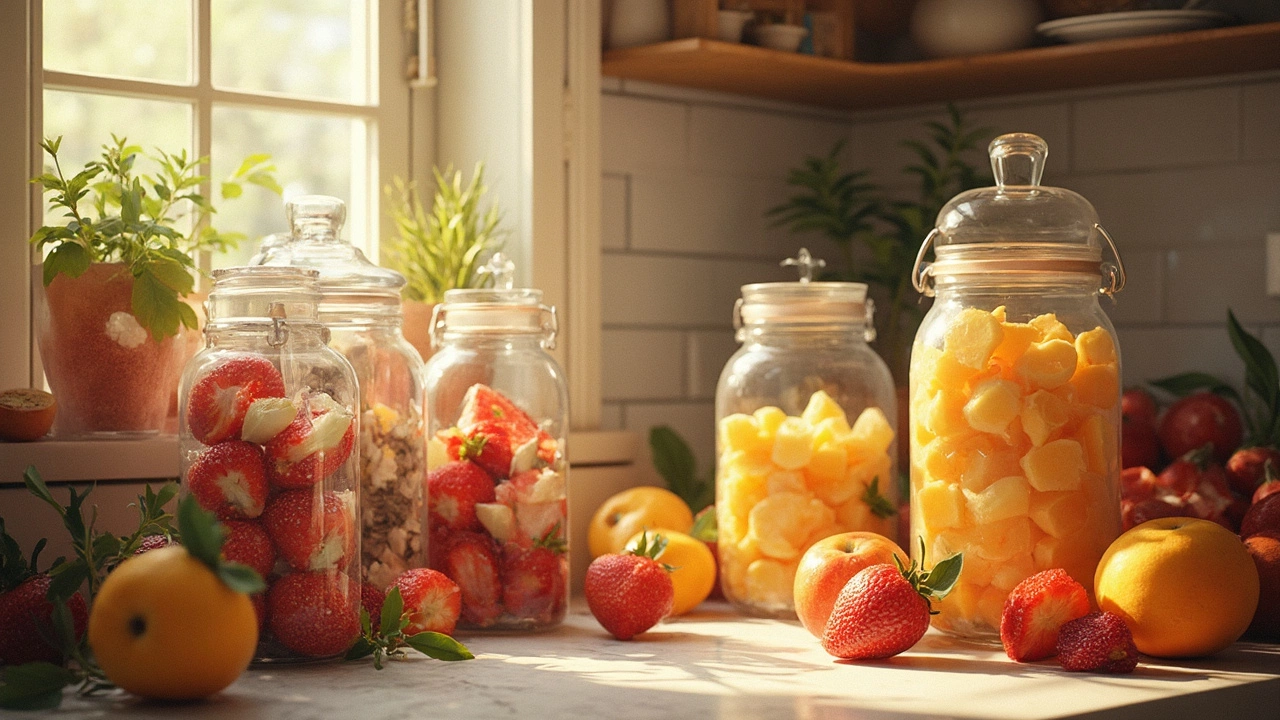
What Fruit is Not Gluten-Free in Your Cakes?
Surprisingly, certain fruits might not be gluten-free, causing confusion for those making gluten-free cakes. The secret lies in how fruits are processed and packaged. Some packaged fruits may contain gluten due to cross-contamination or added ingredients. Understanding which fruits to avoid or include can help you make the perfect gluten-free cake.
View More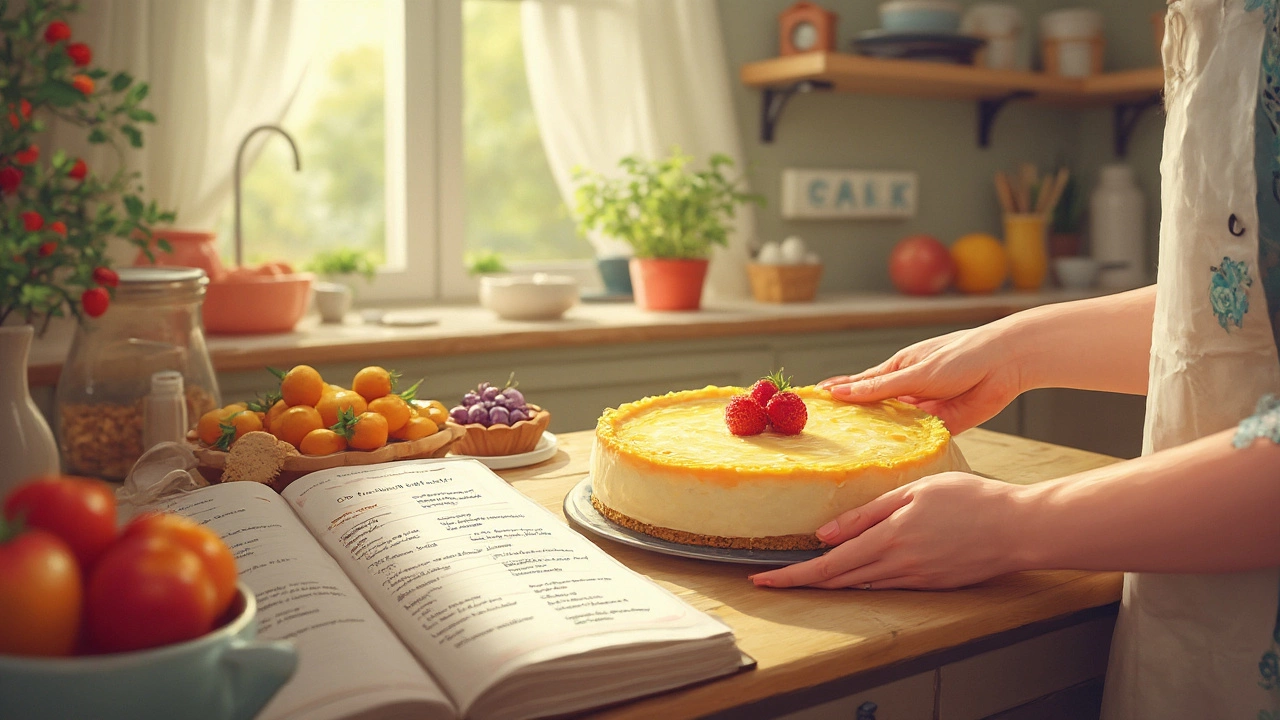
Does Cheesecake Have Gluten?
Cheesecake is a popular dessert, but for those with gluten concerns, determining whether it's safe to eat can be tricky. While traditional cheesecake filling might be gluten-free, the crust often contains gluten as it’s typically made from graham crackers or digestive biscuits. Fortunately, there are gluten-free alternatives available for those wanting to enjoy this creamy treat without worry. From using gluten-free cookies for the base to creating crustless versions, there are many ways to adapt cheesecake recipes. Whether you’re celiac or just prefer avoiding gluten, it’s entirely possible to savor a slice of cheesecake worry-free.
View More
